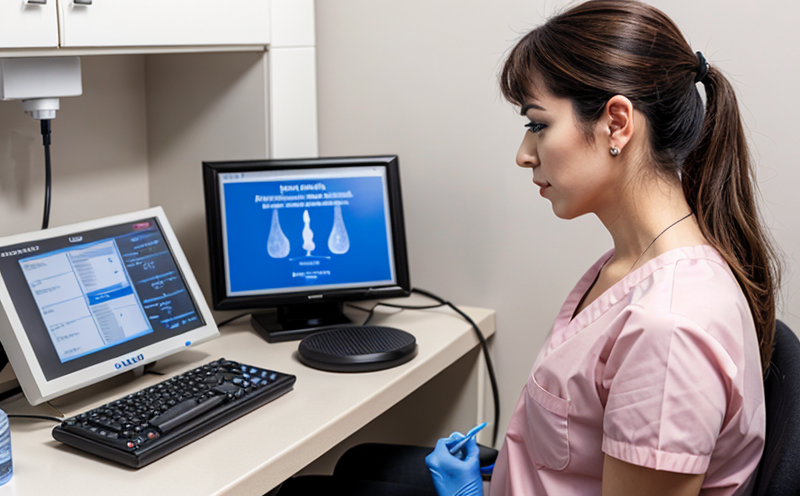Cortisol/Corticosterone Ratio Testing in Wildlife Studies
The cortisol/corticosterone ratio is a critical biomarker used to assess stress levels and physiological health in wildlife populations. This test measures both cortisol, the primary glucocorticoid hormone produced by the adrenal glands of mammals, and corticosterone, its avian equivalent, providing insights into how animals respond to environmental pressures such as habitat loss, climate change, or human disturbance.
Understanding stress responses is essential for wildlife conservation efforts. Chronic exposure to elevated cortisol levels can lead to reduced fertility, impaired immune function, and increased susceptibility to diseases. By measuring cortisol and corticosterone ratios in the wild, researchers and conservationists can monitor population health and adapt management strategies accordingly.
This service involves a multi-step process that begins with accurate specimen collection from the study area. Specimens are typically blood samples obtained through non-invasive methods such as nail clippings or feather plucking for birds. The collected samples must be preserved using appropriate fixatives to maintain hormone integrity until laboratory analysis can occur.
Once received at our laboratory, specimens undergo rigorous quality control checks before being processed. Our highly trained technicians use advanced analytical techniques including HPLC (High Performance Liquid Chromatography) and MS/MS (Mass Spectrometry/Mass Spectrometry) to quantify cortisol and corticosterone levels accurately.
The cortisol/corticosterone ratio is then calculated by dividing the concentration of cortisol by that of corticosterone. This ratio provides a more comprehensive view of an animal's stress state than measuring either hormone alone, as it reflects relative adrenal activity which can vary between species.
| Step | Description |
|---|---|
| Specimen Collection | Non-invasive methods like nail clippings or feather plucking are used to collect blood samples. |
| Preservation | Samples are preserved using appropriate fixatives until laboratory analysis can occur. |
| Analytical Techniques | HPLC and MS/MS are employed for precise quantification of cortisol and corticosterone levels. |
| Calculation | The ratio is calculated by dividing the concentration of cortisol by that of corticosterone. |
Scope and Methodology
In our laboratory, we adhere strictly to international standards such as ISO 17025 for quality assurance. Our scope encompasses the full range of cortisol/corticosterone ratio testing services tailored specifically for wildlife studies.
| Aspect | Description |
|---|---|
| Sampling | We provide guidance on optimal sampling techniques to ensure representative data collection. |
| Specimen Handling | Strict protocols are followed for specimen handling, storage, and transport to minimize degradation of hormones. |
| Analytical Procedures | Advanced analytical methods like HPLC-MS/MS ensure high precision and accuracy in measurement. |
| Data Interpretation | Our team interprets results within the context of wildlife health, providing actionable insights for conservation efforts. |
Eurolab Advantages
At Eurolab, we bring unparalleled expertise to cortisol/corticosterone ratio testing in wildlife studies. Our team comprises seasoned professionals with extensive experience in both laboratory analysis and fieldwork, ensuring accurate interpretations of test results.
- Accurate Results: We use state-of-the-art equipment and follow strict protocols to deliver reliable data.
- Comprehensive Support: Our clients receive not just raw numbers but detailed reports interpreting the significance of their findings within broader ecological contexts.
- Custom Solutions: Tailored services meet unique project requirements, whether it’s a large-scale population study or a focused investigation into specific stressors.
- International Standards: Adherence to ISO 17025 and other relevant international standards ensures the highest quality of service.
We also offer training sessions for researchers and field staff, helping them understand how best to collect samples and interpret results. This knowledge transfer is crucial in ensuring consistent methodologies across different projects and teams.





